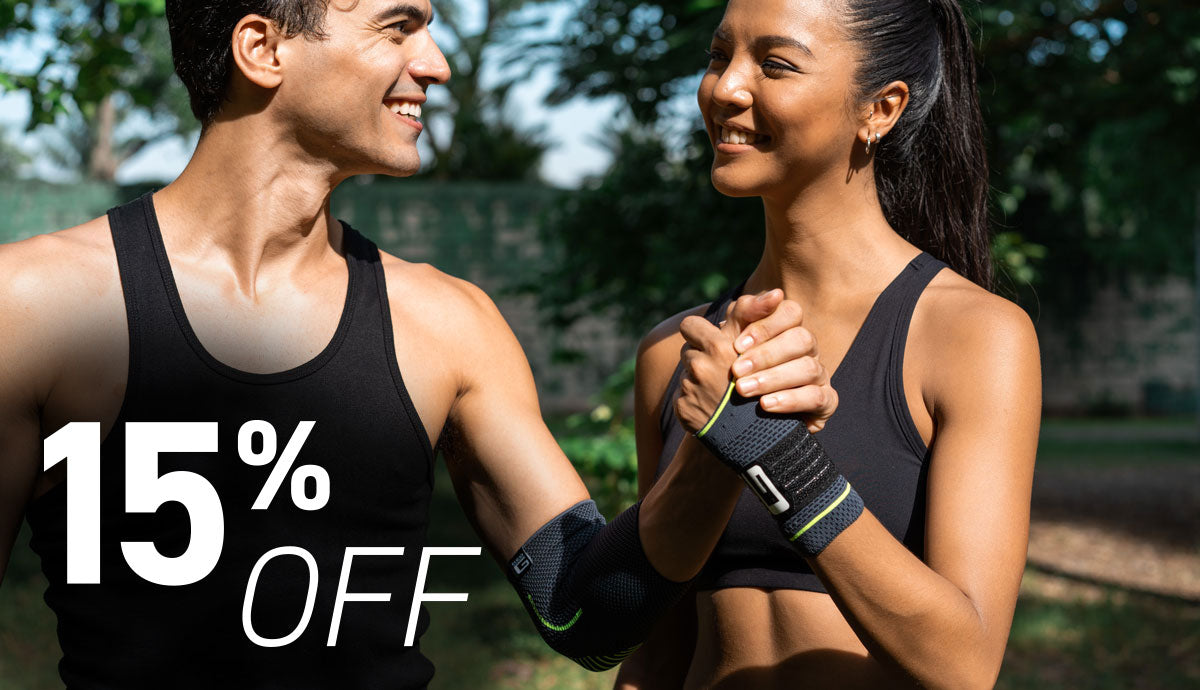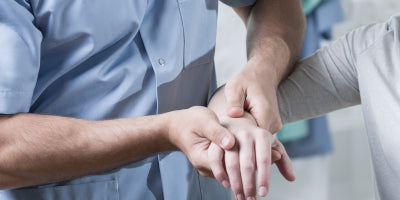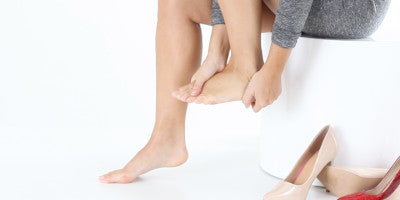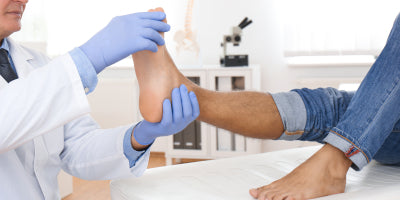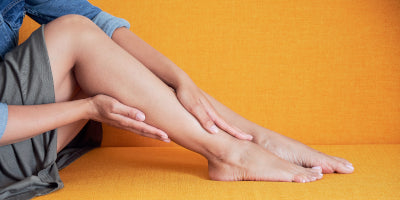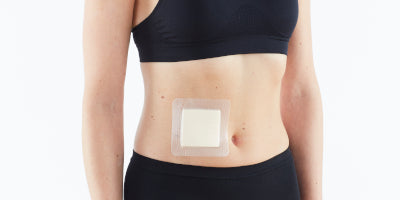Post Anterior Cruciate Ligament (ACL) Reconstruction
What Is Post ACL Reconstruction?
If your knee is unstable and painful following a ACL injury your consultant may recommend you have a ACL reconstruction. This is an operation that involves using a substitute graft to replace your torn ligament. Most commonly consultants use part of your hamstring tendon but sometimes they may use some of your patella tendon to replace the torn ACL. The operation usually lasts approximately 2 hours and is done as a keyhole procedure. Most patients only have to stay in hospital for the day so they do not have to stay overnight.
Condition Management
Following this operation the knee will be sore and swollen due the fact that holes have to be drilled in the bones to fix the new ligament and that some hamstring tendon has been taken out to make the new ligament. You will have to walk with the help of crutches for approximately 2 weeks. The most important things to do following your operation are:
- Reduce the swelling in the knee
- Increase the movement in the knee – especially getting the knee straight
- Start to get the muscles in the knee working properly again- especially the quadriceps(on the front of the knee) and hamstrings(at the back of the knee)
- Walk with a normal gait(walking) pattern
- What should be done following this operation:
- Elevate your knee and use ice or a reusable cold pack to reduce the swelling (the recommended time is 10 minutes on with 1 hour off) Never apply ice directly to the skin.
- Consult your chartered physiotherapist for them to advise you on the specific exercises you should undertake. The ones below are some examples of ones that may be relevant for you to undertake.
Helpful Exercises
Walk using your elbow crutches
As your knee will be swollen and sore following your operation using a knee support for the first 2-3 weeks can be helpful in order to help reduce the swelling and provide the knee with some compression and support.
The ACL plays a major role in telling your brain where your knee is when its moving. This is known as proprioception. The other major system that helps your brain with this is your sensory system ie. the sensory receptors in the skin and muscles. Whilst your knee is recovering from your operation your proprioception will not be as good, so this can be helped by using a knee support. Using one of these will help with recovery and protect the knee.
As your rehabilitation progresses following your ACL reconstruction you can wean off the use of your knee support (after the 1st 2-3 weeks). Your chartered physiotherapist will guide you through the rehabilitation process and guide you back to your previous level of sporting function.
At around 7 months post operation your chartered physiotherapist will normally be looking to get you to return to your favourite sport. Initially when you start undertaking this sport you may find the use of a mild knee support helpful. This will help to increase the proprioception in the knee and boost your confidence in your knee whilst playing your sport.
